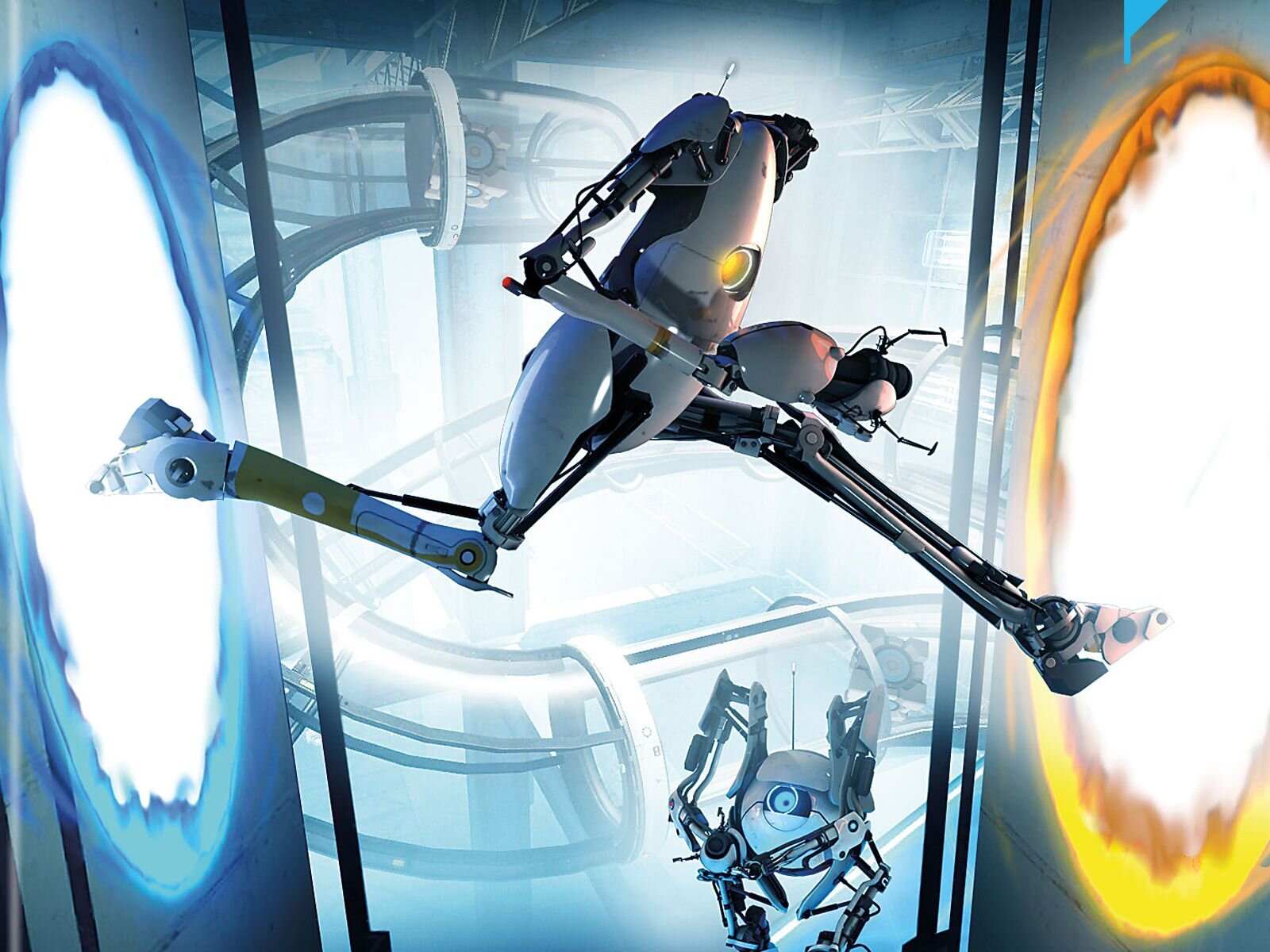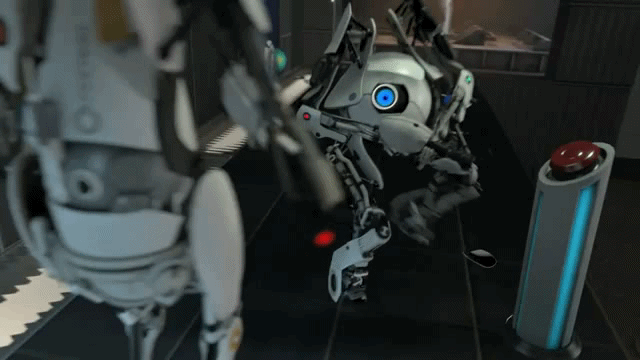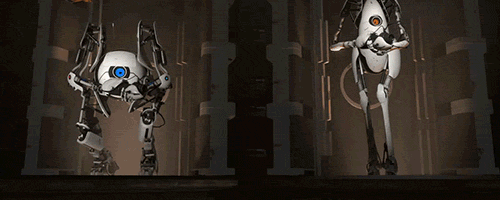Classic Comeback - Games of 2011 | Portal 2 Co-op
For me, the game of the 2010s isn’t really a question. Amidst all the truly great sequels and new franchises that emerged during that time, there was only one game which I believe you could argue is a perfect game. That game is Portal 2. There are so many aspects looking back on Valve’s 2011 hit that remain excellent and aged like the finest of wines. Whether it be the game’s underrated art direction, the comic dialogue of the iconic GLaDOS or the increasingly complex but fluid gameplay. Portal 2 remains one of Valve’s seminal works, a true puzzle masterpiece.
Hey. Hey… Hey.
Looooove you.
One of the most crucial, yet surprisingly often forgotten, parts of the game is the groundbreaking multiplayer component. Here you take control of either Atlas or P-Body - two robots conducting numerous tests for Aperture’s resident AI autocrat GLaDOS, as she continues her penchant for constructing evermore hazardous puzzle rooms.
Looking back, there were pretty modest expectations for the series’ first excursion into cooperative play. This is mainly due to the fact that while the first game was a massively complex puzzler, it was still quite a small and contained experiment for the company. Could that depth and complexity carry over and not become repetitive or too over-elaborate in a multiplayer mode? One of the game’s lead designers, Kim Swift (who also worked on the original Narbacular Drop) was even quoted in 2008 when asked about multiplayer in Portal as saying “Honestly, it’s less fun than you’d think.”
However, clearly, the demand for a multiplayer mode, as well as the stories of people sitting down to solve the first Portal game together did entice Valve to change tune and create a co-operative mode that somehow worked just as well as the main game. The wacky spectacle of Chell, Wheatley and Cave Johnson along with the rest of the Aperture Science madness could play out on its own. Whilst the multiplayer received its own rudimentary story with two personality-filled leads.
But all of GLaDOS’s horses and all of GLaDOS’s men, couldn’t put P-Body back together again.
The resulting mode is one that feels entirely gameplay-focused, much to its advantage. It’s pure Portal. The only difference is it is on a larger scale and a much deeper understanding of mechanics is needed to beat it. One of its greatest strengths is that it's genuinely cooperative. Unlike many other late 2000s co-op modes where it was just a case of people just doing their own thing in the same game, but genuine co-op. Players would need to use their counterpart’s brains and abilities to reach certain areas, sometimes passing objects to each other, at others, you and a pal would need to use four portals to allow lasers or excursion funnels to get you to unreachable areas. Doing this retains the singleplayer’s sense of reward but layered it with the accomplishment of working as a team. You had to communicate and clearly direct the other player to help each other.
More than any other co-op mode, Portal 2 actively asks players to not just come up with their own ideas, but be open to others ideas as well. The mode’s massive final level is designed to force both players to manufacture a single mighty leap. It is a perfect example of how the game’s multiplayer changes how you look at a problem. It gives the two players the space and time to concoct a plan of how to tackle puzzles, then gives them space to try, fail, try again and eventually get the timings right and succeed.
Portal 2’s co-op also successfully carries over the tenants of the solo play by slowly introducing mechanics over the course of the game and scaling it up. The game gives players tools such as the ping ability (way before Apex Legends was using it in battle royales) and uses its hub area to tailor stages around the various puzzle mechanics -from Section 3’s use of “hard-light surfaces” to the later introduction of the various gels seen in the main campaign. Whilst this might seem on the surface just a simple replication of the single-player, it gives the multiplayer a familiar basis for which the puzzles and flow to build everything else atop. That then gives the multiplayer an approachability that some multiplayer modes can struggle with.
Oh, so you are celebrating my co-op more and it only took you ten years… You monster.
That familiarity also extends to GLaDOS herself overseeing the various exploits as the player makes their way through the five stages. There’s an idiosyncratic familiarity to her numerous taunts and jabs at the characters. Whether it be discussing weight variances or insulting the team dynamic, she retains that humour that gives the Aperture Science setting its distinct character. Portal 2 doesn’t lose its sense of humour in co-op, even allowing players to put their partner in the drink via portals or messing with buttons and lasers for hilarious antics that aren’t punished by the game (mainly because if you kill your buddy they are quickly reassembled).
Portal 2 is a multiplayer that rewards players for working together and one of the few video game experiences that feels truly bingable. There are five chambers containing around eight levels each, which depending on your skill can take two to four hours. There’s not a drop of fat on this, it creates polished levels without having the mode drag on. For me, there are few multiplayer modes of this ilk that I would ever consider replaying. Other game’s strict linearity can often mean I completed them, liked them and then moved on without a real desire to return to it. Take something like Resident Evil’s co-op multiplayer in 5 and 6. Enjoyable enough, but once they were done, I never felt like they were rewarding or engaging enough that I had to come back and do it all over again. Yet Portal 2 manages just that.
Looking back, it's a genuine achievement that a game previously thought of as a purely solo experience was able to come up with a creative mode that felt like it had always been a part of the series. It is a wonderful aspect of a truly exemplary game.
“Don’t disappoint me… Or I’ll make you wish you could die.”










